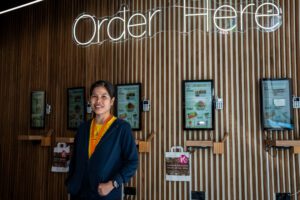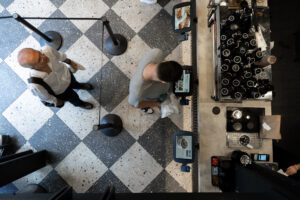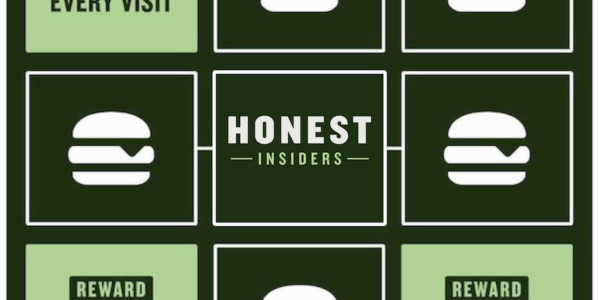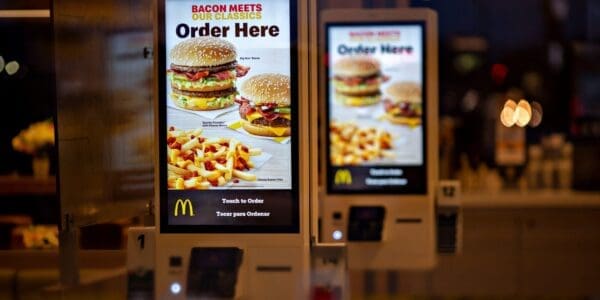Hospitality and retail – both are cutthroat industries where profit margins can be narrow, buyer habits unpredictable and success requires speed, quality and excellent customer service.
However, where retail has been radically transformed by innovation, shifting over to e-commerce and digital, restaurants have largely clung onto their traditional systems and culture.
But as Shereen Ritchie – CEO of Buns From Home stated – “turbulent is the new normal” for the hospitality industry. For your restaurant business to survive – and to thrive – you must be willing to pivot, not only to introduce digital solutions, but to adapt your business model to suit the new era of customer habits.
As hospitality moves to more widely embrace tech, retail’s history can provide valuable lessons; what to change, and how to do it well. We’ve got the top five below.
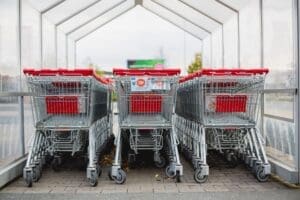
1. Use tech to meet customers where they are
Think about your weekly grocery shop. You grab your items, head to the tills, and face a choice between the cashier (with a long queue of shoppers waiting to purchase tobacco or lottery cards), or the self-checkout (queue-free).
It’s a no-brainer.
You scan your groceries and loyalty card to score some discounts, and you’re on your way in just a couple of minutes. There’s no need to even take out your AirPods if you don’t want to – it’s completely seamless. Nowadays, you can have a nearly identical experience in a high street retail shop.
Hospitality businesses have an opportunity to use clever technology to iron out the stickier parts of the customer experience, even in person.
Tech can help enable your customers to click and collect or grab and go. It can facilitate online ordering with quick delivery from your sites for speed, choice and convenience. With today’s customer spending so much time online, it’s crucial to meet them where they are and enable them with the options to purchase how they most prefer.


